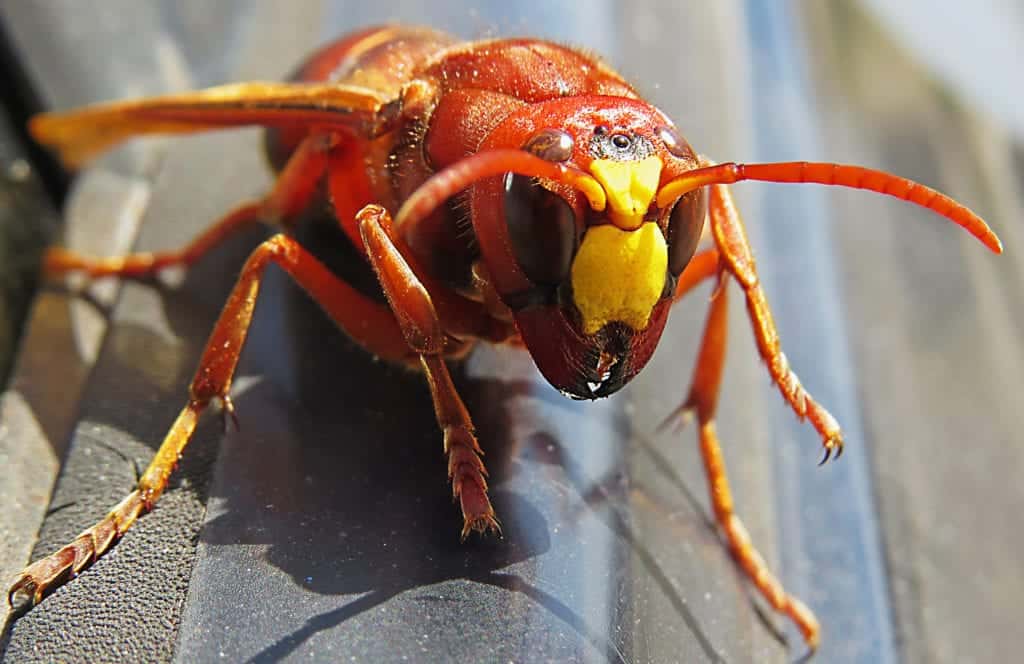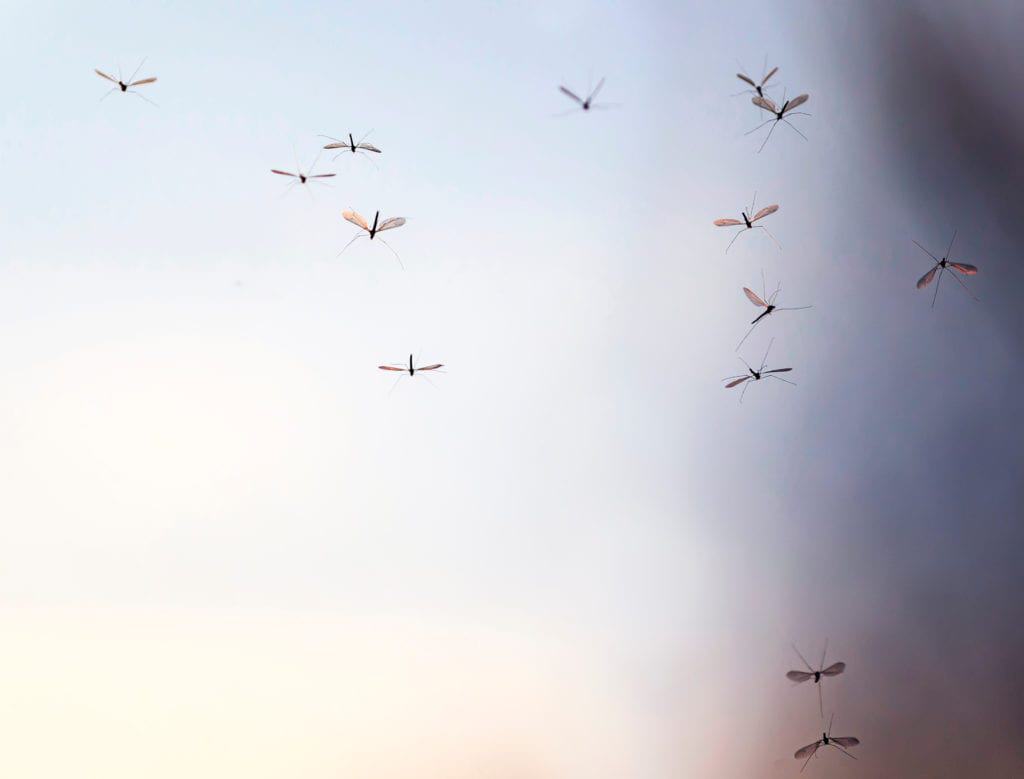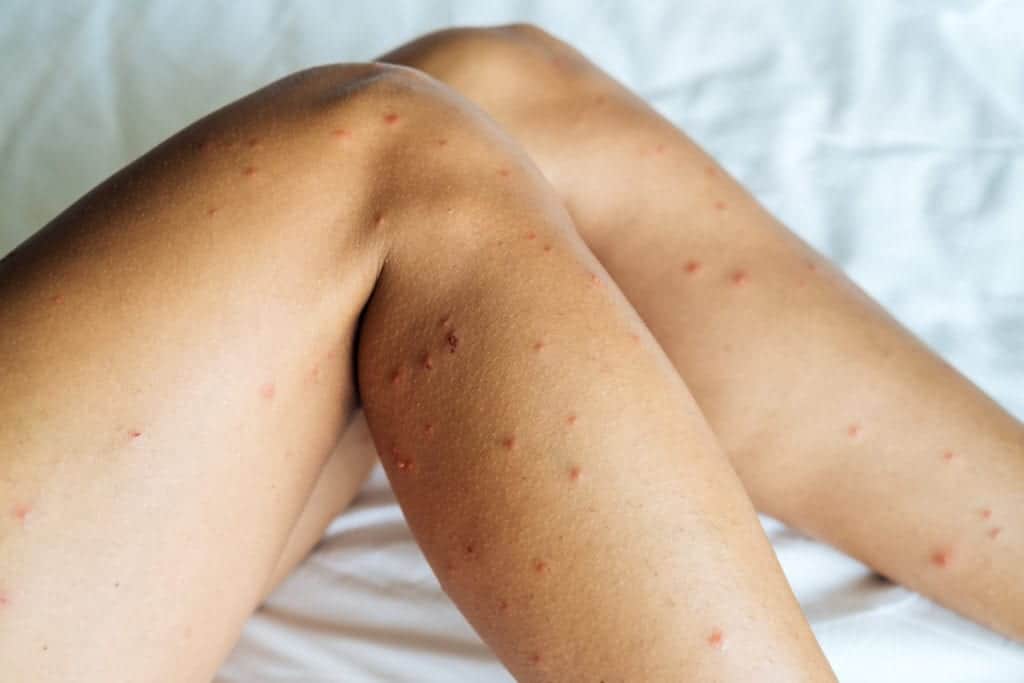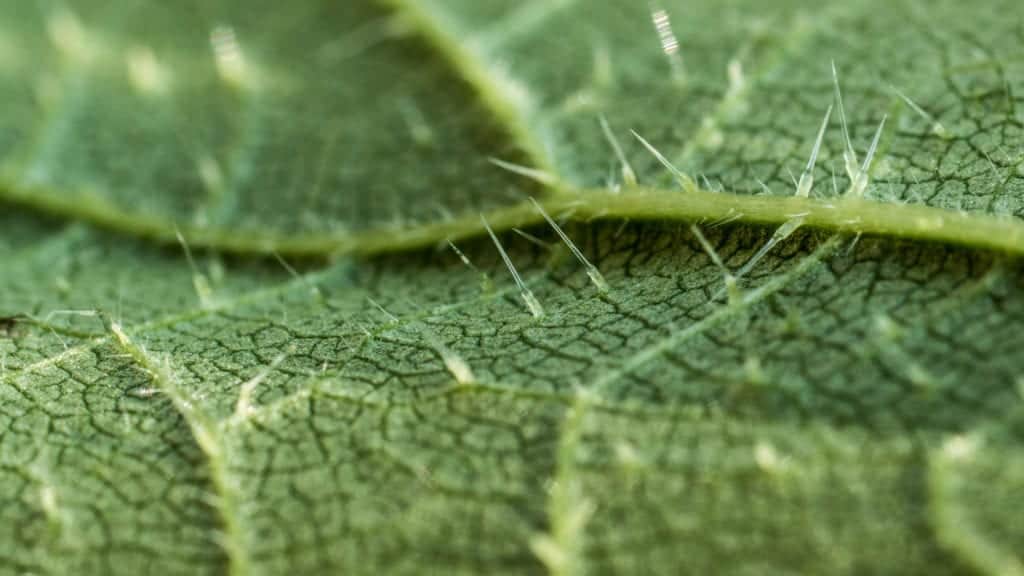2020’s Pest Control Highlights – A Year in Review
2020’s Pest Control Highlights – A Year in Review
Good Riddance 2020
2020 has been quite a whirlwind of a year. Now, at the start of 2021, we want to take a moment to look back at all of the major pest control news and advances that changed the face of pest extermination in 2020. 
Pests and a Pandemic
In March, we were all caught up in the outbreak of the COVID-19 pandemic. With so little information about the virus and its spread, we experienced an influx of calls from concerned clients regarding connections between pest infestations and this novel corona virus. While there is a potential initial connection, ultimately, we shared the following information with our clients with special reference to potential risks and safety precautions to take into consideration during the time. The “initial connection” between the two has to do with all virus’ similar to COVID-19. Virus’ of such nature originate from livestock in a wet market due to unsanitary conditions. This is why Pest Control Operators stress proper sanitation as part of I. P. M. (Integrated Pest Management). I. P. M. places a precedence on preventative care which includes documenting unsanitary conditions (similar to the aforementioned) and providing guidelines on what needs to be done to correct the issues at hand. This can prevent these types of outbreaks from occurring at the source. Regarding mosquitos in particular, as they are responsible for spreading disease that cause hundreds of thousands of deaths per yearalready, their potential roles regarding COVID-19 were of great concern. According to the World Health Organization however, there have luckily been no cases reported, nor evidence of any kind that suggests that COVID-19 can be transmitted through the bites of mosquitos. The chief entomologist for the National Pest Management Association, Jim Fredericks, Ph.D., has also gone on the record confirming that “there is currently no evidence to suggest that pests like mosquitoes and ticks can be implicated in the transmission of COVID-19.” Once outbreaks have occurred, the importance then lies in the safeguarding of your immune system in every way possible… and vector pests can make you very sick. Vector pests are any pests that carry and transmit diseases. The most common include mice, rats, cockroaches, fleas, ticks, and, most notoriously, mosquitos. These pests could all make you extremely ill and contracting COVID-19 while your immune system is already compromised by another disease increases your chances of having a severe case of the virus and, thereby, death. As such, keeping potential pest infestations at bay was, and is, imperative in order to best protect yourself and your family. At Pointe Pest Control, we believe it is our responsibility to prioritize your health and well-being, which is why we stayed open and functioning all of 2020 to best support you, your family, and your businesses during this rough time. 
The Arrival of the Murder Hornets
In May of 2020, we saw the arrival of the Murder Hornets in the United States. Vespa Mandarinia, more commonly known as the Asian Giant Hornet, has a nasty reputation. They are infamous for being very aggressive and even deadly towards other flying Aculeatas, which is the branch of its species’ family tree which includes wasps, bees, yellow jackets, etc. Due to this reputation, the hornets have earned the monstrous nickname, “murder hornets.” Although these hornets are native to the eastern and southeastern parts of Asia, as well as being commonly found in Japan, they have somehow found their way to the United States. These pests were first spotted in December 2019 in Washington State, and began spreading out from there in early 2020. The primary concern about this invasion revolved around the risk they pose to humans. Murder Hornets have agonizingly painful stings and bites and, in extreme cases, causing fatalities. In Japan, on average, a total of 30-50 deaths a year are caused by murder hornets and, between just July and October in 2013 in the Shaanxi province of China, 41 people were killed and 1,660 were injured by murder hornets. As such, scientists launched a widespread hunt for these violent invaders. We were already facing a dwindling honeybee population, which put a strain on the natural pollination of plants across our country, and the introduction of this new, aggressive species could have decimated our bee populations. Luckily, however, the murder hornet population in the United States proved to be extremely minimal and most of these hornets that were found following May of 2020 were deceased upon their discovery. While they caused a brief panic in 2020, luckily, these nasty, invasive hornets did not actually add much to the carnage of the year. 
Long Distance Travelers
In August of 2020, the Entomological Society of America reported on a new discovery regarding mosquitos. Previously, it was believed that mosquitos had a total lifetime travel range of roughly 5 kilometers (3.1 miles). However, a team of Africa-based researchers discovered that battering high-altitude winds did not phase the migration of mosquitos much at all, nor did it affect their actions following the rough journey, and that these mosquitos actually have the ability to travel hundreds of kilometers in one migration period. While this enlightening study took place in Africa, it yielded both valuable data and a cautionary tale for the world as a whole. These nasty vectors of disease are becoming more of a threat and, as such, mosquito control is becoming more and more important. 
New Research Revealed that Bed Bug Bites Might Be Deadly
In the following month, September of 2020 Rod Brouhard, EMT-P and Michael Menna, DO reported on the novel discovery that bed bug bites could potentially be fatal. In general, bed bug bites are no more than a simple nuisance. Similar to mosquito bites, they cause itchy, red bumps that typically go away on their own within a few days to a week or two. However, in some rare cases it has been discovered that these bites can lead to horrible consequences. Cases where victims have been bit over months and even years develop reactions that are progressively more severe with subsequent bites, making the chance of a potentially fatal reaction significantly higher. This fact was even more concerning when considering that bed bugs have become increasingly resistant to pesticides and, as such, there had been a significant surge in bed bug infestations. This 2020 discovery meant that medical professionals may start seeing an increase in patients seeking treatment for bed bug bites as well as an increased necessity for pest control companies to work on eradicating bed bug populations. 
Advances in the Trichome Project
In response to the aforementioned increase in bed bug populations, 2020 saw advances in the fight against these nasty external parasites. In particular, the trichome project continued its research and advances since the study began in 2013. In old Balkan traditions, leaves of specific plants (such as bean sprouts) were utilized to prevent bed bugs from entering one’s bed. These particular leaves are covered in super tiny, hook-shaped hairs known as trichomes. These trichomes are sharp on a microscopic level and catch bedbugs feet/legs as they walk along – actually spearing through their soft joints and tissue, effectively stopping them in their tracks. As such, the Balkan tradition was to spread the leaves on the ground around their beds, preventing these nasty vampiric pests. The leaves were found to be so effective in fact, that a team of scientists began working with the National Science Foundation in order to develop a nontoxic microfiber that simulated the trichomes on a geometric level and can be built into fabrics to literally stop bed bugs in their tracks! While the project began in earlier years, it reportedly underwent continued research and testing in 2020 with hopes for a breakthrough soon. If successful, this project could change the game for bed bug control around the world. 
“Explosive” Pest Control
Another innovation in pest control during 2020 came in the form of an “explosive” discovery (pun intended). Perlite, also known as volcanic glass is a kind of rock formed when lava is expelled from an active volcano and then rapidly cools to a solid. This rapid cooling process traps water within the hardened structure, resulting in a glass-like appearance and feel. Due to its various uses and properties, researchers Jean M. Deguenon, Ph.D. and R. Michael Roe, Ph.D. of North Carolina State University, began testing the possibility of using perlite as a potential vector control product. Perlite acts as a powerful dehydrator for mosquitos, causing mosquitos to expire from lack of moisture when exposed to amorphous volcanic glass. With this in mind, Deguenon and Roe developed a processed form of perlite specifically for utilization against mosquitos called Imergard. After conducting extensive tests, it was determined that, while Imergard did not repel mosquitos, it did prove fatal after a few hours of exposure. This use of perlite is a mechanical treatment, not chemical, making it a safer treatment option than most currently on the market, and further testing is revealing that it may protect against other insects as well. A decision regarding the approval of perlite as a new active agreement is currently pending with the World Health Organization, while the EPA is also considering Imergard as a potential biopesticide and it is currently undergoing testing for approval in the US. If it is approved, we could have a commercial release date of this new innovative pest control product in early 2021. 
Taking on the New Year
Looking forward this year, we hope that we see more innovations like the invention of Imergard and the Trichome Project leading to positive changes in the world of pest control. 2020 was a rather rocky year, but, at Pointe Pest Control, we’ve got your back, and we truly look forward to continuing to serve all of our amazing customers this year as well. Here’s to a positive and happy 2021!! 
Citations
Baker, M. (2020) ‘Murder Hornets’ in the U.S.: The Rush to Stop the Asian Giant Hornet, The New York Times. The New York Times Company. Available at: https://www.nytimes.com/2020/05/02/us/asian-giant-hornet-washington.html (Accessed May 2020). Barth, Z., Kearns, T. and Wason, E. (2013) Vespa Mandarinia, Animal Diversity Web. University of Michigan. Available at: https://ainmaldiversity.org/accounts/Vespa_mandarinia/ (Accessed: May 2020). Bed Bugs FAQs (2020) Centers for Disease Control and Prevention. The Global Health Division of Parasitic Diseases and Malaria. Available at: https://www.cdc.gov/parasites/bedbugs/faqs.html (Accessed: September 2020). Brouhard, R. (2020) Systemic Reaction Through the Body, Verywell Health. Edited by M. Menna. Available at: https://www.verywellhealth.com/systemic-reaction-1298693 (Accessed: November 2020). Diseases Directly Transmitted by Rodents (2017) Centers for Disease Control and Prevention. The National Center for Emerging and Zoonotic Infectious Diseases & The Division of High-Consequence Pathogens and Pathology. Available at: https://www.cdc.gov/rodents/diseases/direct.html (Accessed: March 2020). Martin, W. (2020) ‘Murder Hornets’ Spotted in the U.S. Here’s What You Need to Know, Science Alert. Business Insider. Available at: https://www.sciencealert.com/this-is-a-murder-hornet-and-it-s-currently-taking-over-the-us (Accessed: May 2020). Ricciuti, E. (2020) Study Shows Mosquitos Can Still Spread Malaria After Long-Distance Flights, Entomology Today. The Entomological Society of America. Available at: https://entomologytoday.org/2020/08/12/anopheles-mosquitoes-malaria-long-distance-flights/ (Accessed: December 2020). Roche, J. (2020) Volcanic Rock Yields a New Kind of Insecticide for Mosquitoes, Entomology Today. The Entomological Society of America. Available at: https://entomologytoday.org/2020/09/02/volcanic-rock-yields-new-kind-of-insecticide-for-mosquitoes/ (Accessed: October 2020). Rosane, O. (2020) ‘Murder Hornets’ Spotted in the U.S. for the First Time, EcoWatch. Available at: https://www.ecowatch.com/murder-hornets-honeybees-us-2645912097.html?rebelltitem=2#rebelltitem2(Accessed: May 2020). University of California – Irvine. (2013) Bean Leaves Can Trap Bedbugs, Researchers Find. Science Daily. Available at: https://www.sceincedaily.com/releases/2013/04/130409211932.htm Velardo, M. (2017) What is Perlite?, Sciencing. Available at: https://sciencing.com/perlite-5402928.html (Accessed: October 2020). Watch Bed Bugs Get Stopped in Their Tracks (2019) YouTube. Deep Look & The National Science Foundation. Avialable at: https://www.youtube.com/watch?v=ToeWrGTGOOI (Accessed: June 2020)
Request a Free Quote Today
(We do not share your data with anybody, and only use it for its intended purpose)


